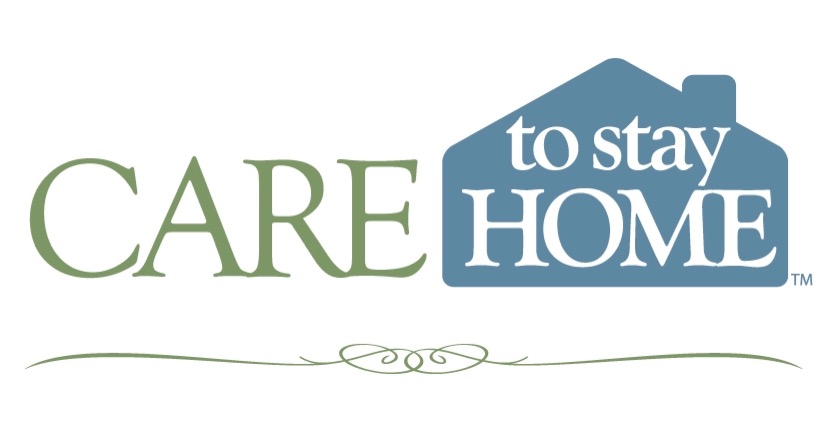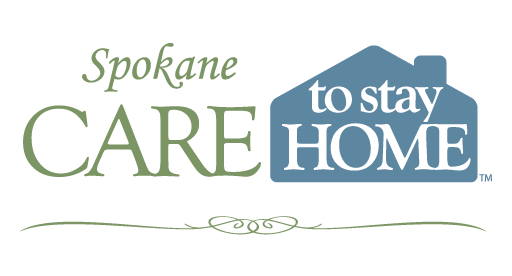
22 Jan Understanding and Managing Chronic Pain in Aging Adults
Pain management is a clinical practice that needs to be handled with skill and precision by a skilled professional. Care to Stay Home works with your medical provider and other practitioners to monitor signs and symptoms of pain. One of the biggest challenges with pain in the elderly nationwide is the overuse or misuse of medication.
Recognizing that chronic pain can significantly impact every aspect of an elderly individual’s life, from daily activities to mental health, we strive to offer a holistic approach that addresses both the physical and emotional needs of our clients. Our team is committed to staying abreast of the latest pain management techniques and therapies, ensuring that our care is not only empathetic but also grounded in the most current medical knowledge and practices.
What Is Chronic Pain?
Chronic pain is a persistent form of pain that lasts longer than the typical healing period. Unlike acute pain, which is a direct response to an injury and usually resolves once the injury heals, chronic pain can continue for months or even years. This type of pain is particularly significant in aging adults, as it often coincides with other health issues that can complicate both diagnosis and treatment. Understanding the distinct nature of chronic pain is the first step toward effective management.
Common Causes of Chronic Pain in Aging Adults
Chronic pain in older adults can stem from various sources, each with its unique characteristics and treatment considerations. Understanding these common causes is essential for effective management and care:
1. Arthritis:
Osteoarthritis: Most common in seniors, characterized by the breakdown of cartilage in joints leading to pain and stiffness.
Rheumatoid Arthritis: An autoimmune disorder causing joint inflammation and pain.
Management: Includes physical therapy, medications like NSAIDs, and, in some cases, joint replacement surgery.
2. Neuropathic Pain:
Causes: Includes diabetes-induced neuropathy, post-herpetic neuralgia (following shingles), and spinal cord compression.
Symptoms: Often described as burning, tingling, or shooting pain.
Management: Medications such as gabapentin, lifestyle modifications, and in some cases, nerve blocks.
3. Post-Surgical Pain:
Chronicity: Can persist long after the surgery, especially in cases like joint replacement or thoracic surgeries.
Management: Often includes a combination of medications, physical therapy, and pain coping strategies.
4. Cancer-Related Pain:
Sources: Can arise from the cancer itself (e.g., a tumor pressing on a nerve) or as a side effect of treatments like chemotherapy.
Management: Tailored to the individual’s needs, often involving pain medications, radiation therapy for tumor shrinkage, or nerve blocks.
5. Musculoskeletal Pain:
Causes: Includes chronic back pain, often due to degenerative disc disease or osteoporosis-related fractures.
Management: Physical therapy, pain relief medications, and, in some cases, interventions like steroid injections or surgery.
6. Fibromyalgia:
Characteristics: A condition marked by widespread pain, fatigue, and tenderness in specific areas.
Management: Involves a combination of medications, exercise, stress reduction techniques, and, sometimes, cognitive-behavioral therapy.
7. Chronic Headaches/Migraines:
Occurrence: Can become more frequent or severe in later life.
Management: Includes medications, lifestyle changes, and avoiding known triggers.
Impact of Chronic Pain
The influence of chronic pain extends beyond physical discomfort. It can lead to reduced mobility and independence, significantly affecting a senior’s quality of life. Moreover, chronic pain often carries emotional and social repercussions, such as increased risk of depression, anxiety, and isolation. Recognizing these impacts is essential in addressing the holistic needs of aging adults with chronic pain.
Pain Management Strategies
Managing chronic pain in the elderly requires a multifaceted approach. Medications, when prescribed judiciously, can provide relief, but it’s essential to balance efficacy with potential side effects. Physical therapy is another cornerstone of pain management, helping to maintain mobility and reduce discomfort. Alternative therapies, such as acupuncture or massage, can also play a role in a comprehensive pain management plan. Personalization of these strategies is key, as each individual’s experience with chronic pain is unique.
Role of Caregivers in Managing Chronic Pain
Caregivers play a vital role in managing chronic pain. At Care to Stay Home, our caregivers provide physical support, and offer emotional companionship. They are an integral part of creating a supportive environment that can significantly improve pain management outcomes for seniors.
Chronic pain in aging adults is a complex and multifaceted issue. At Care to Stay Home, we are committed to understanding and addressing this challenge with empathy and expertise. Our approach is always personalized, recognizing that each individual’s experience with chronic pain is unique. For more information or support in managing chronic pain, contact Care to Stay Home. We are here to help you or your loved ones live a more comfortable and fulfilling life.


